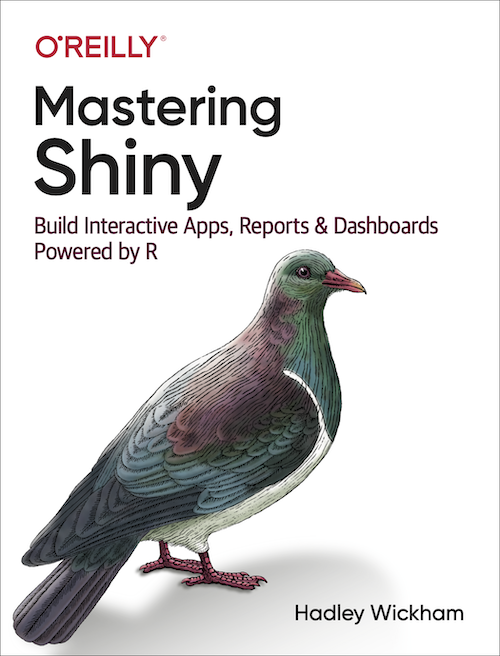Articles
A comprehensive guide to using Shiny.
A comprehensive guide to using Shiny. If you are just starting out, you may want to explore the Get Started Tutorials to learn the basics. Otherwise, choose your own path with the articles below!
Start
THE BEST PLACE TO START
Mastering Shiny
By Hadley Wickham
A free, online book designed to take you from basic Shiny to creating your own customized apps.
If you are beginning to learn Shiny for R, here are a few resources you’ll want to consider:
- Hadley Wickham’s Mastering Shiny book
- Shiny for R’s Get Started Tutorials
- The Shiny Cheat Sheet
- Posit’s Demos and Tutorials on YouTube
Build
Structure: Standalone apps
Structure: Dashboards
Structure: Gadgets
Frontend: User interface
Frontend: Graphics & visualization
No matching items
Improve
Refactor: Testing
Refactor: Modules
Scale: Measure usage
Scale: Performance and scalability
No matching items
